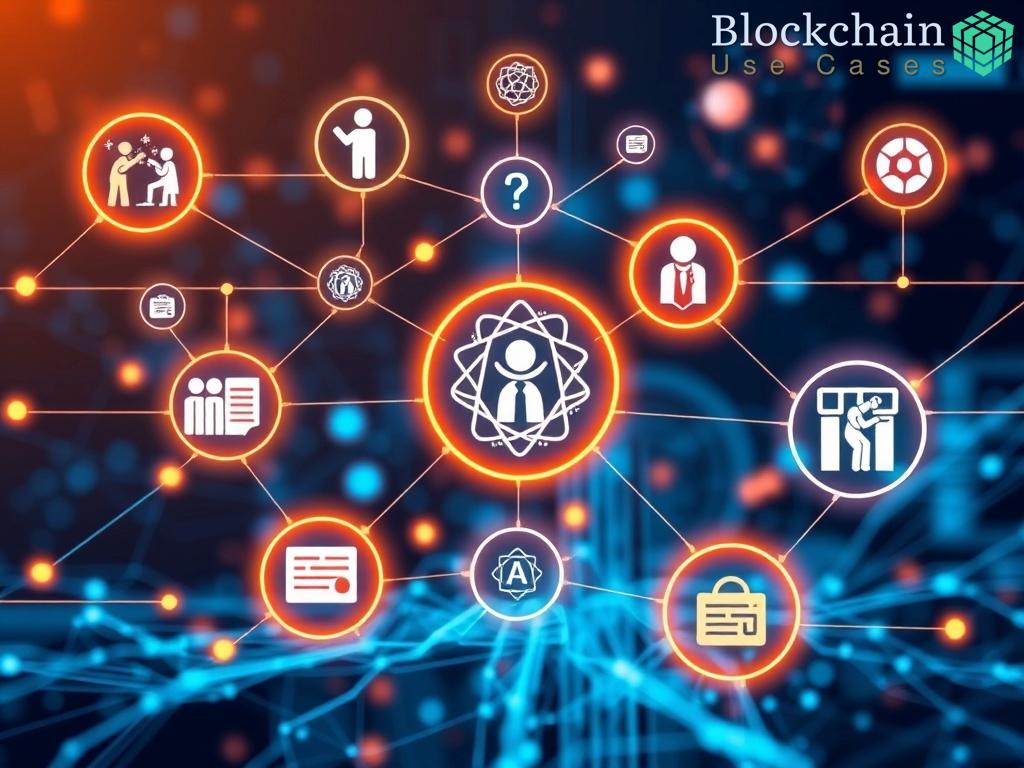In an era where misinformation can spread like wildfire, the education sector faces unique challenges regarding the verification of teacher credentials and experience. Traditional methods of credential verification are often marred by inefficiencies and susceptibility to fraud. Here, blockchain technology emerges as a revolutionary solution, promising to enhance trust, transparency, and accountability in the educational landscape.
Transcending Traditional Verification Methods

The conventional approach to verifying teacher credentials typically involves tedious processes that can take weeks or even months. Educational institutions often rely on third-party verification services, which can be both costly and time-consuming. Furthermore, these methods are vulnerable to errors and misrepresentation. By integrating blockchain technology, educational institutions can streamline this process significantly. Blockchain offers a decentralized and immutable ledger, allowing for real-time verification of credentials.
Benefits of Blockchain in Credential Verification
Utilizing blockchain for the verification of teacher credentials comes with a myriad of advantages. Below is an overview of key benefits that underscore the transformative potential of this technology:
- Enhanced Security: Blockchain’s cryptographic features ensure that once data is entered, it cannot be altered or deleted, thus preserving the authenticity of teacher credentials.
- Decentralization: With a decentralized system, there is no single point of failure, making the verification process more robust against fraud and corruption.
- Efficiency: The automation of credential verification through smart contracts can significantly reduce the time taken for verification from weeks to mere minutes.
- Accessibility: Credentials stored on a blockchain can be accessed by authorized parties globally, making the process transparent and universal.
- Cost-Effectiveness: Reducing the reliance on third-party verification services can lead to significant cost savings for educational institutions.
Future Implications for Educators and Institutions
The adoption of blockchain technology in verifying teacher credentials is not merely a trend but a paradigm shift that could redefine educational integrity. As more institutions begin to recognize the benefits, we may witness a broader application of blockchain, leading to a more standardized approach to credential verification across the globe. This shift not only enhances the credibility of the teaching profession but also reassures students and parents about the quality of education they are receiving.


















